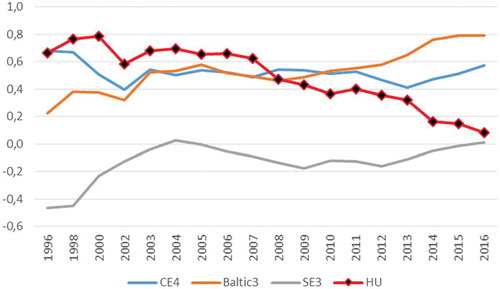Figures & data
GRAPH 1. Economist Intelligence Unit Democracy Index scores for countries with left-wing populist governments in some part of the 2006–2017 period.
Note: Countries are scored on a scale of 0 to 10 by EIU based on 60 indicators. Scores from 0 to 4 indicate “authoritarian regimes,” from 4 to 6 “hybrid regimes,” from 6 to 8 “flawed democracies,” and from 8 to 10 “full democracies.” Only countries with at least a score of 4 and a maximum of 8 (“hybrid regimes” and “flawed democracies”) are listed. Greece has been below 8 since 2010, first under left-wing, then right-wing, then a coalition of left-wing and right-wing populist governments. South Africa was never above 8 in this period, although approached “full democracy” status in some years. Venezuela declined to below 4, indicating outright dictatorship in 2017. Data source: EIU (https://infographics.economist.com/2018/DemocracyIndex/)

GRAPH 2. Economist Intelligence Unit Democracy Index scores for countries with right-wing populist governments in some part of the 2006–2017 period.
Note: Countries are scored on a scale of 0 to 10 by EIU based on 60 indicators. Scores from 0 to 4 indicate “authoritarian regimes,” from 4 to 6 “hybrid regimes,” from 6 to 8 “flawed democracies,” and from 8 to 10 “full democracies.” Only countries with at least a score of 4 and a maximum of 8 (“hybrid regimes” and “flawed democracies”) are listed. Consequently, Russia did not make it to the graph as its score has been below 4 since 2011, and hence it has been considered an outright dictatorship. The Czech Republic dropped to below 8 in 2014 and has been declining ever since, in line with the growing influence of Andrej Babis, first as finance minister (2014–2017), subsequently as prime minister (2017–). Greece has been below 8 since 2010, first under left-wing, than right-wing, than a coalition of left-wing and right-wing populist governments. India and Italy were never above 8 in this period, although they approached “full democracy” status in some years. The United States dropped below 8 in 2016, the year President Trump was elected. Data source: EIU (https://infographics.economist.com/2018/DemocracyIndex/)

GRAPH 3. General government net lending/borrowing (i.e., the budget balance; in percent of GDP).
Note: EU15: European Union countries excluding Central and Eastern European members states, Cyprus, and Malta. CE4: arithmetic average of data for the Czech Republic, Poland, Slovakia, and Slovenia. Baltic3: arithmetic average of data for Estonia, Latvia, and Lithuania. SE3: arithmetic average of data for Bulgaria, Croatia, and Romania. HU: Hungary.Data source: Eurostat
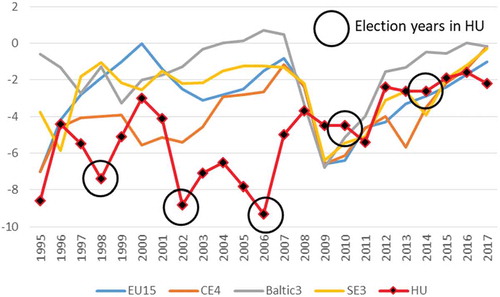
GRAPH 4. Government consolidated gross debt (in percent of GDP).
Note: EU28: All European Union member countries. CE4: arithmetic average of data for the Czech Republic, Poland, Slovakia, and Slovenia. Baltic3: arithmetic average of data for Estonia, Latvia, and Lithuania. SE3: arithmetic average of data for Bulgaria, Croatia, and Romania. HU: Hungary. Data source: Eurostat
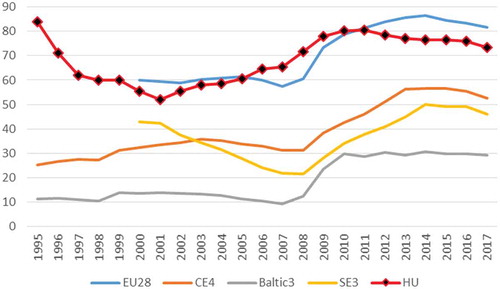
GRAPH 5. General government spending on social protection (in percent of GDP).
Note: EU15: European Union countries excluding Central and Eastern European member states, Cyprus, and Malta. CE4: arithmetic average of data for the Czech Republic, Poland, Slovakia, and Slovenia. Baltic3: arithmetic average of data for Estonia, Latvia, and Lithuania. SE3: arithmetic average of data for Bulgaria, Croatia, and Romania. HU: Hungary. Data source: Eurostat
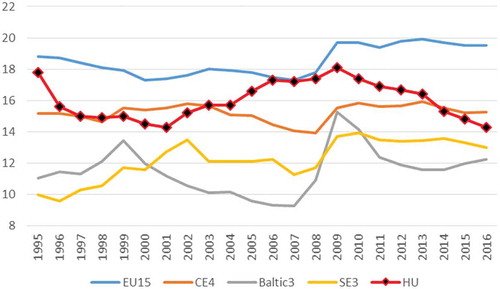
GRAPH 6. Gini coefficients (scale from 0 to 100, where 0 means absolute equality and 100 means absolute inequality).
Note: The Gini coefficient measures the extent to which the distribution of income within a country deviates from a perfectly equal distribution. A coefficient of 0 expresses perfect equality where everyone has the same income, while a coefficient of 100 expresses full inequality where only one person has all the income. EU27: European Union countries excluding Croatia. CE4: arithmetic average of data for the Czech Republic, Poland, Slovakia, and Slovenia. Baltic3: arithmetic average of data for Estonia, Latvia, and Lithuania. SE3: arithmetic average of data for Bulgaria, Croatia, and Romania. HU: Hungary, Data source: EU-SILC survey (Eurostat)
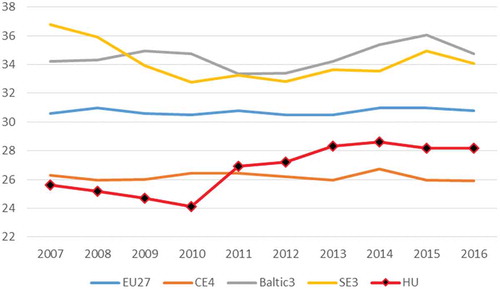
GRAPH 7. The balance of budgetary transfers between Hungary and the EU.
Data source: European Commission, DG Budget (http://ec.europa.eu/budget/figures/interactive/index_en.cfm)
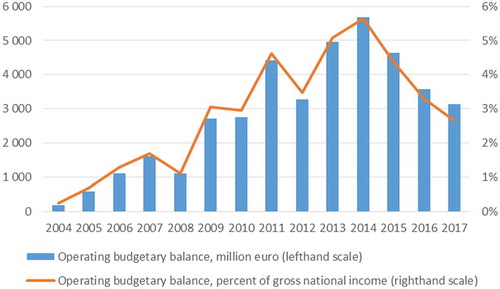
GRAPH 8. World governance indicators—control of corruption estimates.
Note: Estimate of governance ranges from approximately −2.5 (weak) to 2.5 (strong) governance performance. CE4: arithmetic average of data for the Czech Republic, Poland, Slovakia, and Slovenia. Baltic3: arithmetic average of data for Estonia, Latvia, and Lithuania. SE3: arithmetic average of data for Bulgaria, Croatia, and Romania. HU: Hungary. Data source: World Bank World Governance Indicators dataset (http://info.worldbank.org/governance/wgi/#home)
